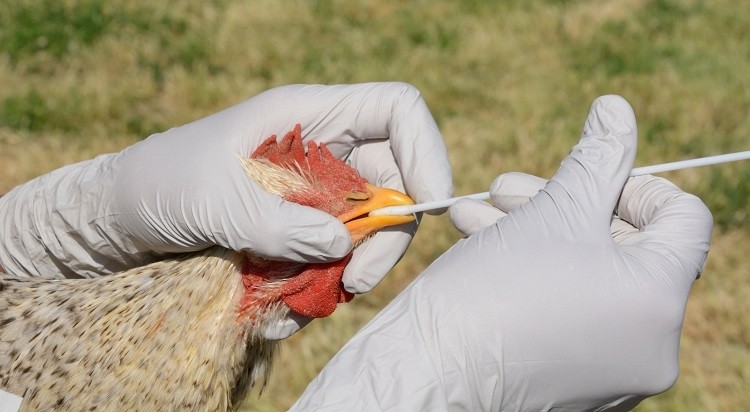The world is experiencing its deadliest bird flu outbreak in history.
The disease’s H5N1 strain is highly infectious and has killed hundreds of thousands of wild birds and millions of domestic birds.
What exactly is avian flu, and how dangerous is it?
Bird flu is an infectious disease that has been affecting poultry and wild birds for over a century. It normally appears in the autumn and then fades away.
“It originated amongst ducks in Europe and Asia, and spread to other birds,” says Paul Digard, a professor of virology in the Roslin Institute at Edinburgh University.
The H5N1 virus, which is presently the most common form, was initially discovered in China in 1996 and has spread intermittently since then.
This year, though, the infection has lasted much longer than usual.
The H5N1 virus is lethal and can infect entire flocks of domestic birds in a matter of days via bird droppings and saliva or contaminated feed and water.
The current avian flu outbreak is the worst in Europe and the United States.
“This virus has killed 160 million domestic birds globally, or farmers have had to slaughter them to contain it,” says Professor Munir Iqbal of the UK’s Pirbright Institute, which specializes in animal welfare.
“This figure includes 100 million domestic birds in the United States and Europe.”
In western European countries, such as the UK, it has led to egg shortages in the shops and fears of a turkey shortage at Christmas.
What makes this outbreak so unusual?
This year, bird flu has killed more wild birds than ever before, with sea birds bearing the brunt of the damage.
According to Professor Iqbal, the present virus has infected 80 distinct bird species. “For example, it has destroyed 40% of the Scottish skua population and 2,000 Dalmatian pelicans in Greece.”
According to veterinary expert Dr Louise Moncla of the University of Pennsylvania in Philadelphia, US, this “massive outbreak” has also extended to animals such as seals and foxes.
“These outbreaks began in Europe, then spread to North America, and unlike past outbreaks, have not died out,” she says.
We are in the middle of an “unprecedented wildlife disease outbreak, the breadth and scope of which is staggering”, says Dr Rebecca Poulson of the University of Georgia, US.
Scientists are unsure why this outbreak is so much worse than others. It may be that the virus has mutated to enable it to spread more readily from bird to bird, or to hang around longer in the environment.
Dr. Nancy Beerens of Wageningen Bioveterinary Research in the Netherlands, which analyzes suspected bird flu samples, believes the virus is currently widespread among wild birds.
“As the virus now has infected many wild bird species, it becomes unlikely that it will disappear again from the bird population,” she says.
What’s being done to tackle the outbreak?
China has been vaccinating its domestic poultry flocks.
Other countries, however, avoid this since it is difficult to determine which birds have been rendered immune by the vaccination and which have not, and hence meat and eggs from vaccinated flocks cannot be exported.
“There are strict export controls when a country decides to vaccinate,” says Dr Maurice Pitesky of the School of Veterinary Medicine, University of California, Davis.
Governments in EU countries and North America have instead generally told their farmers to cull all the poultry in any flock in which bird flu has broken out.
Farmers in the United Kingdom and France have also been advised to move free-range chicken flocks indoors to avoid infection from wild birds.
Despite the commercial constraints of vaccinating poultry, governments in France and the Netherlands have launched vaccine trials in an attempt to curb the bird flu pandemic.
Is avian flu dangerous to humans?
Humans have contracted bird flu in certain cases after coming into close contact with diseased birds.
“The current strain of H5N1 currently seems to be low risk for this,” says Prof Digard.
However, he says: “We need proper surveillance of how far it is spreading, by monitoring wild birds and getting reports from vets dealing with domestic animals.”









